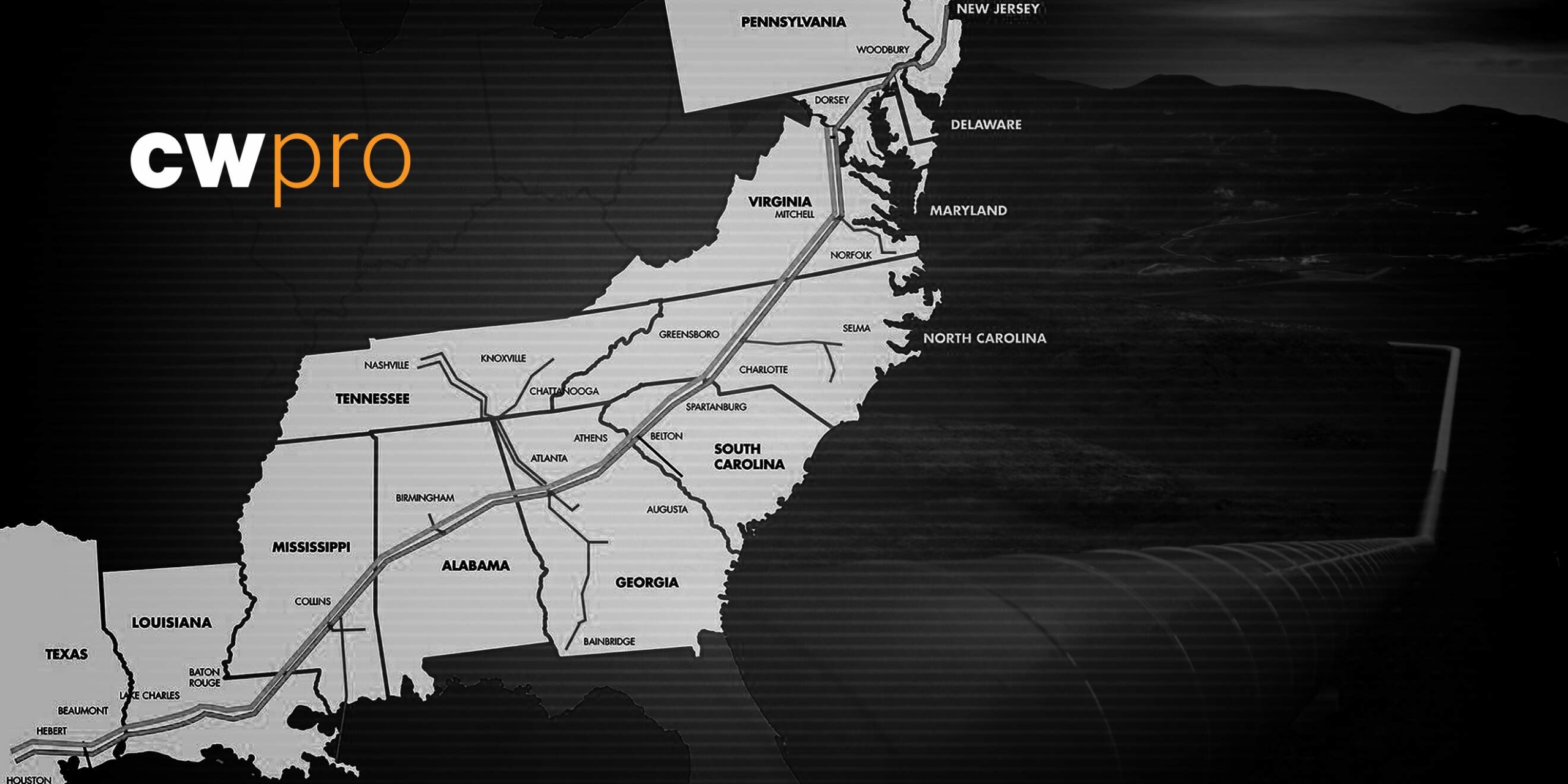Colonial Pipeline attacks of 2021 (Cyber Sandtable).
This past weekend in northern Virginia, we had glorious weather. My wife Kathy and I took the opportunity to do a little antiquing (actually, she did the antiquing and I mostly drove and napped in the car). As I parked near the “Roaches In the Attic Antiques shop,” one of Kathy’s favorites, I just happened to notice on the GPS that we were very close to something called the Colonial Pipeline Dulles Junction.
Yes, that Colonial Pipeline; the energy conduit that gave us all so much trouble back in 2021 when cyber criminals extorted Colonial Pipeline, the company, with ransomware, and the company leadership shut down their gas distribution pipeline just to be safe. I gave Kathy my go-to look (with over 35 years of marriage practice) that said, “We just gotta go see it.” She returned the favor with her own steely gaze, complete with an eye roll, that signified that I could do whatever I wanted as long as I was back by noon to take her to lunch. With permission in hand, I set off to see if I could find anything interesting.
I don’t know what I was expecting, but there wasn’t much to look at. It’s pretty small, a tad tinier than your typical house plot, situated between two neighborhoods near the Dulles International Airport and sitting alongside the Horsepen Run Stream Valley Park. The space is flat and surrounded by a six foot high fence. Inside the perimeter on the left side, is a silver gas pipe, 32 inches in diameter, that protrudes from the ground for maybe 15 horizontal feet and then sinks back into the dirt to continue its journey to Baltimore. This line, line 4, moves roughly 700 thousand barrels of gas per day from Greensboro, North Carolina to Baltimore, Maryland.
It’s one of the many connecting points for the Colonial Pipeline system and is part of the largest pipeline in the United States. The entire system can carry roughly three million barrels of fuel a day over 5,500 miles from Houston to New York. It connects directly to several major airports, including Atlanta, Nashville, Charlotte, Greensboro, Raleigh-Durham, Dulles, and Baltimore-Washington. In other words, this is how your airports on the East Coast get their jet fuel.
When you think of the…


